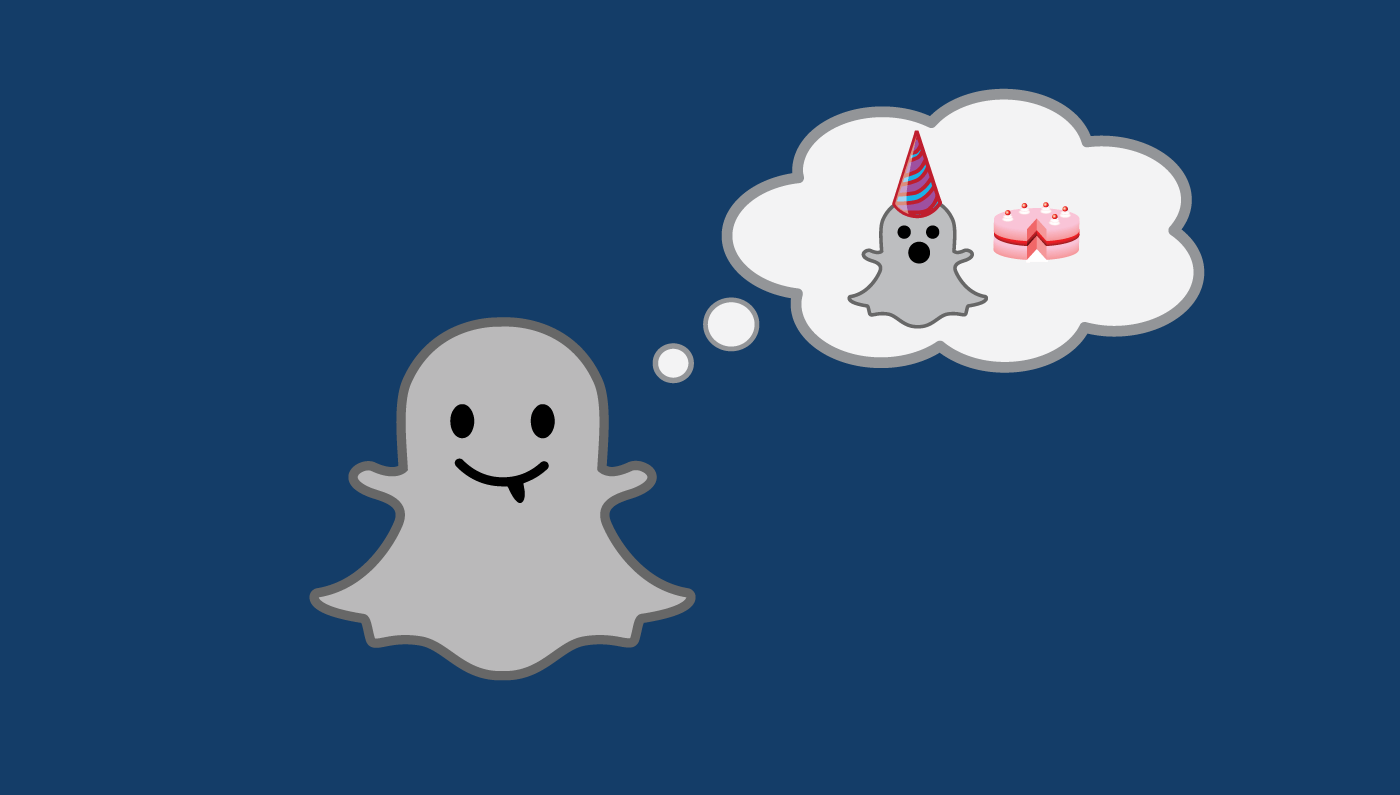As we discussed on our podcast last week, Snapchat has an advantage over other social media networks, and it’s inherent to the product: “snaps”, as the ephemeral messages are known, disappear. Sure, technically you can capture an image of your smartphone screen to preserve a snap for posterity, but with the average Snapchat user receiving somewhere between 20 and 50 snaps daily, and avid users receiving hundreds more, most snaps are consumed instantly and then discarded.
At first glance, it might seem like a social network system that prides itself on the durability of its information, like Facebook or Twitter (where nearly every status, post, tweet or share is viewable from the moment a user activates an account), would capture more of a given user’s attention. After all, Facebook and Twitter actively work to push users deeper into their “walled garden” ecosystems to keep them on their sites longer, drive engagement with their posts, and, most crucially, justify what each network charges advertisers. Just look at Facebook’s efforts at archiving and resuscitating old posts, such as their Year in Review campaign which greets users as each year comes to an end. Twitter has gotten in on the archival game, too, with their Twitter Moments feature, which resurrects tweets from throughout the year on trending topics.
Snapchat doesn’t do any of that. Yes, it has a curation element, where staff members assemble relevant snaps from events and locations worldwide, but, at its core, Snapchat is not looking to hook users through the permanence of its content, or by reminding you of a snap you sent last Christmas. Instead, its core is the opposite, a seconds-long clip or image in an era where we are overrun with digital information that never seems to go away. Anecdotally, within our office, that seems to make a difference. I’m more likely to remember a bizarre, colorful, or funny seconds-long snap that I can only view once than I am the three-hundredth Facebook post of the week.
And psychological research supports this, too. Anyone familiar with basic economics has likely heard of the scarcity principle, in which an item’s perceived value rises when it’s available only in limited quantities. But the same can be said for non-monetary experiences, too. For example, psychologists have found that deadline pressure heightens our awareness, makes us work harder, and leads to more personal fulfillment. Thus we’re more likely to take a moment to experience (and remember) a snap that lasts seconds over a Facebook post that lasts a lifetime.
This is an important asset for Snapchat from a business standpoint, and a central appeal to advertisers. We can see it play out in media brands that choose to be part of the company’s growing Discover feature, which now boasts 17 different outlets competing for user attention (which remains strong, since each Discover feature only lasts one day and isn’t viewable again once it expires.) And we can also see Snapchat’s relevance within ad agencies themselves, who once simply re-used existing content for the platform. Now, though, as they are beginning to see its impact, more and more dedicated Snapchat-only ads are coming to a phone near you.
Not bad for a platform whose content purposefully vanishes.

